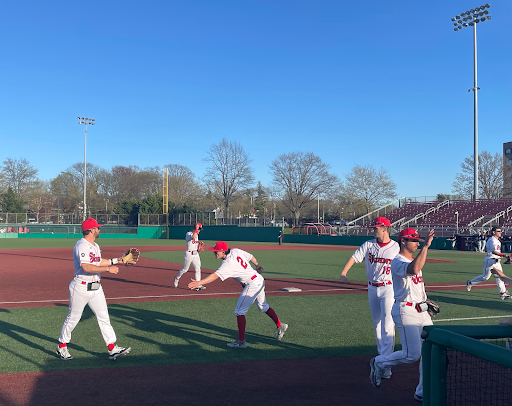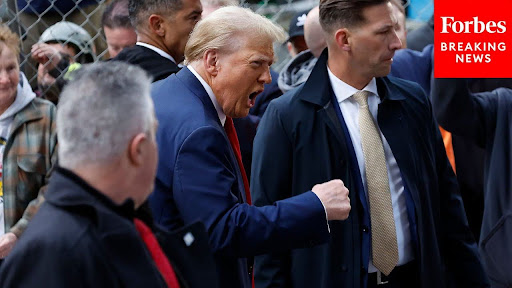Following the huge success of their Grammy-winning effort Echoes, Silence, Patience & Grace nearly four years ago, the Foo Fighters went back to the garage to produce their latest project, Wasting Light, released in stores on April 12. Their grandeur and recognition as one of the biggest bands in the world was solidified when they packed 180,000 screaming fans into Wembley Stadium in June of 2008.
The gritty and post-grunge sound of Echoes, Silence, Patience & Grace allowed for that to happen, thus for their next installment, the Foos followed the same formula, with very few changes. Dave Grohl still handled the llead vocals and bulk of the song writing credits, but brought in Butch Vig to produce the album.
Vig is most notable for producing one of the most influential albums of all-time in Nirvana’s 1991 album Nevermind, which Grohl was also a part of, serving as Nirvana’s lead drummer. The two men reunited to work on the Foo Fighter’s latest effort, Wasting Light, which was all recorded in Grohl’s garage.
Most of the album’s memorable mantras were when the blaring drums and raging guitar chords were almost stripped or watered-down, leaving Grohl’s powerful vocals and at times dichotomous lyrics, to take center stage. On one of the album’s stand-out tracks, “Dear Rosemary,” a quasi-duet with Bob Mould, Grohl sings “Truth ain’t gonna change the way you lie/ youth ain’t gonna change the way you die” over catchy drums and guitar chords with a stadium sing-along feel to it.
Though not mentioning Kurt Cobain by name, Grohl wails over the memory of his once compatriot in the track “I should have known” singing, “couldn’t see the signs/ could have, but you lied/…no, I can’t forgive you yet/…I should have known”, emulating Cobain’s torment in his voice as he sang.
Reflective, soul-esque tracks such as these, along with the album closer, “Walk”, “These days” and “Miss the misery” serve as a great contrast and balance to the full fledge rock and roll anthems such as “Rope,” “Bridge Burning,” “Arlandia” and “White Limo.” There aren’t truly any filler songs on this 11 track album; all the tracks fit almost perfectly and intertwine to make it flow smoothly.
By far, this is best Foo Fighters album since their sophomore effort The Colour and the Shape nearly 14 years ago. Old fans and new ones alike can all indulge in this masterpiece purposely orchestrated to fill up stadiums, while also enjoying some of the best music from one of the world’s biggest bands. Let’s all hope that in the future they return to Grohl’s garage to give the fans an encore.













